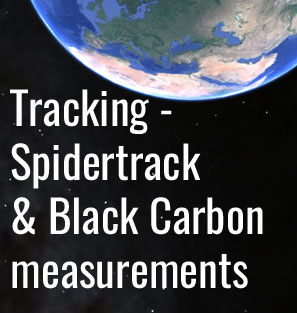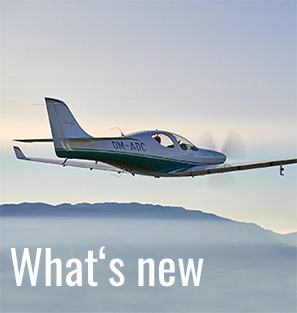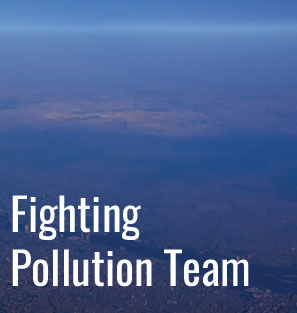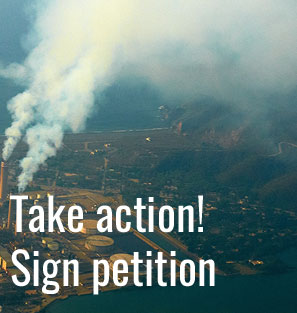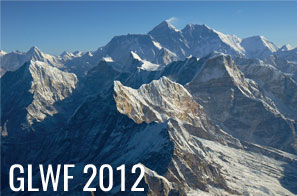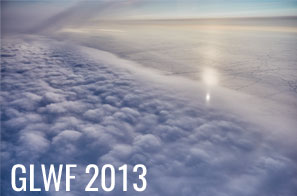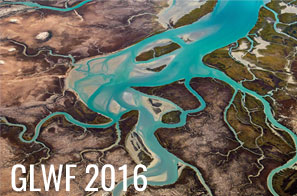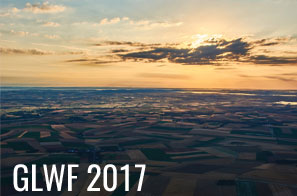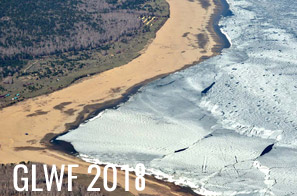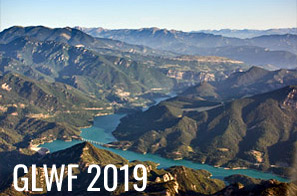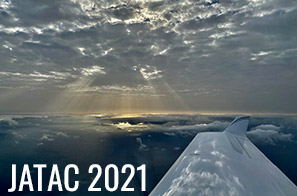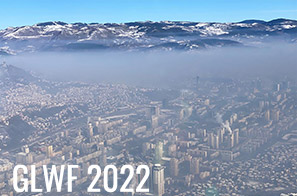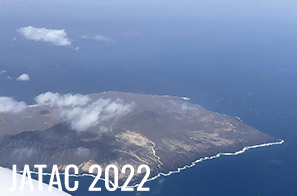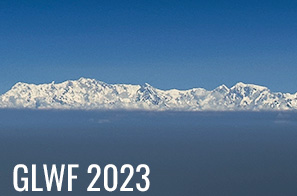
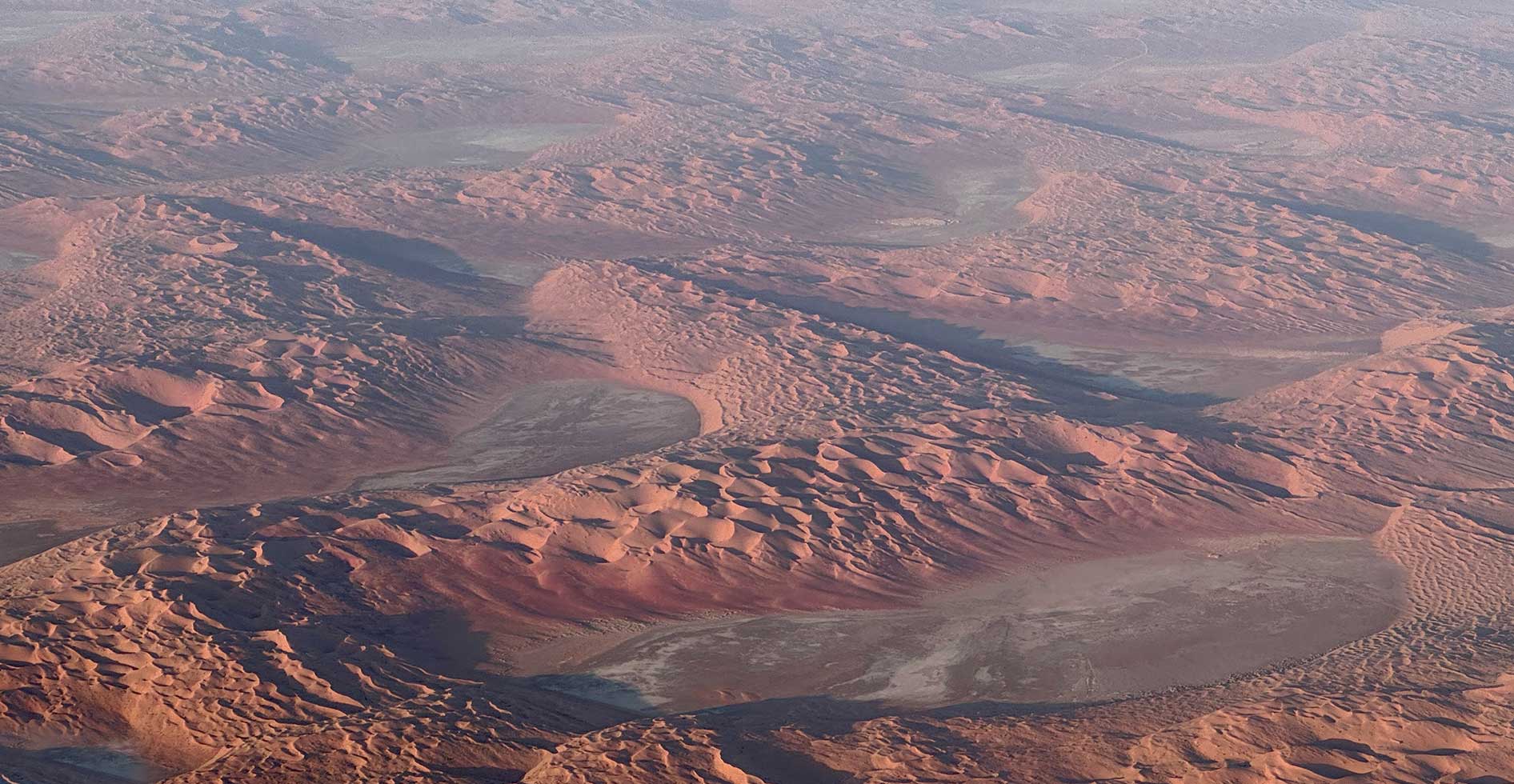


October 2024
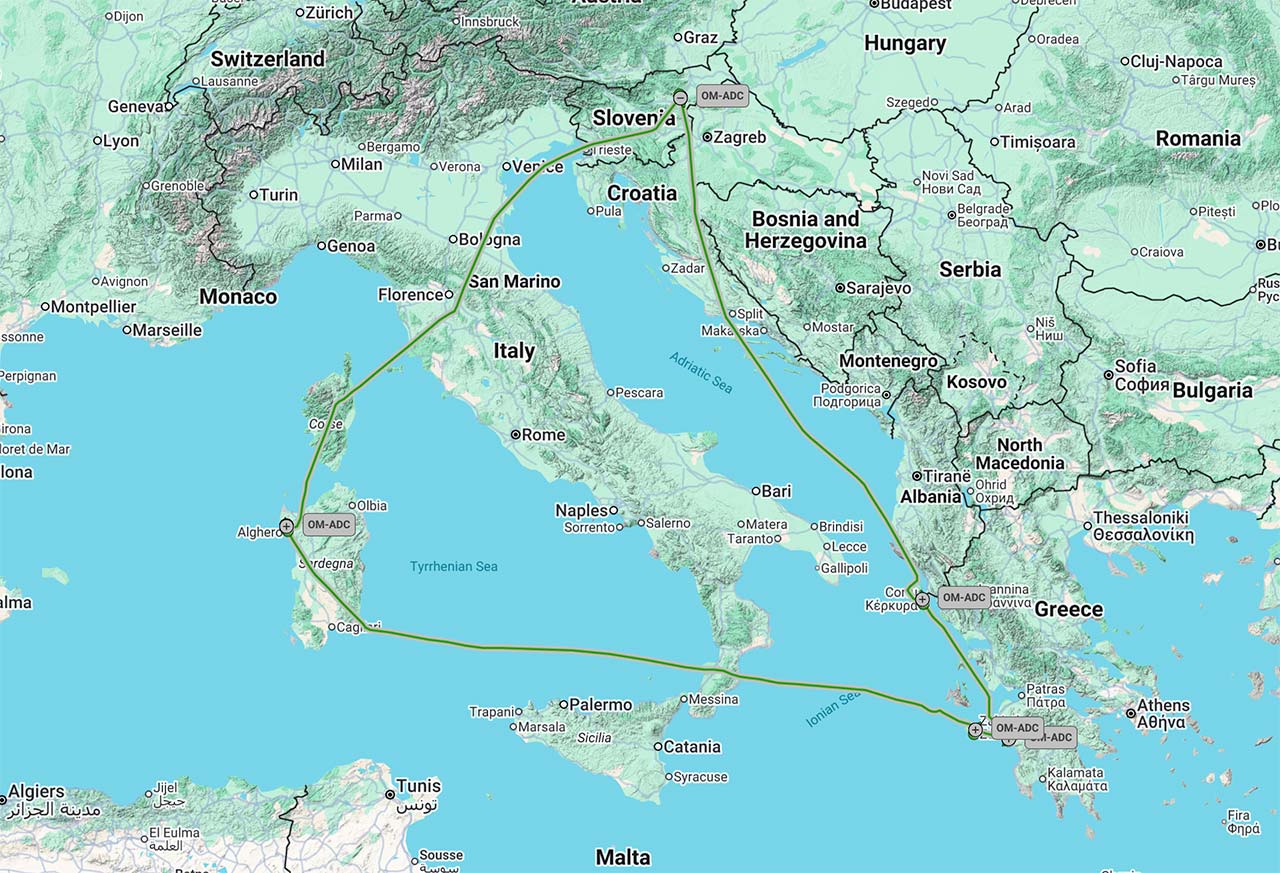
Increasing temperatures of the atmosphere and the surface of the earth are also warming the sea. Areas of low air pressure form over the overheated sea, which can turn into cyclones or even hurricanes even in moderate latitudes. Strong winds pick up desert sand, dust, black carbon, and other particles in North Africa, lift them high into the air, even over 3 or 4,000 meters, and push them northward. These heat wave phenomena are becoming more frequent and intense. In Mediterranean countries, the Alps and Central Europe, they cause high temperatures, poor visibility and an unhealthy environment. They cover the glaciers with a dark carpet, which further accelerates the melting and accelerated disappearance.
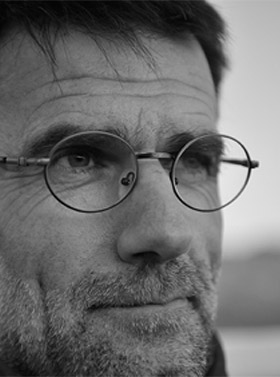
Pilot
Flying with light aircraft over Mediterranean, West Africa and South Atlantic is real challenge. Large uninhabited and remote areas of Sahara and Ocean, demanding logistics, bad weather, turbulence, fuel delivery, demanding overflights and landings permissions, unpredictable costs ... There is no doubt a truer research adventure.
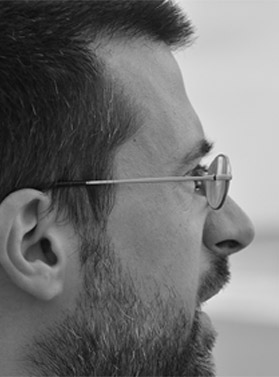
Scientist
Measurements over large unpopulated areas of Western Sahara and Atlantic ocean in particular will help us understanding the background concentrations of Black Carbon and other carbonaceous pollutants and their contribution to climate change.
The planet Earth is getting warmer.
Black Carbon adds more than 1 W/m2 to the greenhouse effect.
Black Carbon is the second-largest contributor to global warming after CO2.
7 million people worldwide die every year due to air pollution.
Sea level is rising fast.
Biomass burning, transport and industry emit large amounts of Black Carbon into air.
- Flying distance of over 240 000 km
- Over all oceans
- Over all continents
- Airborne 1200+ hours
- Performed measurements in more than 110 countries
- Took more than 100 000 measurements
- Prepared more than 37 scientific presentations
- Published more than 29 scientific abstracts
- Over 1300 media releases and exhibitions





